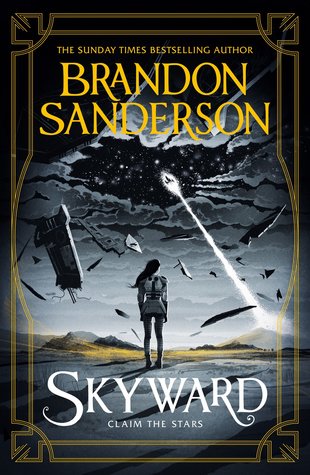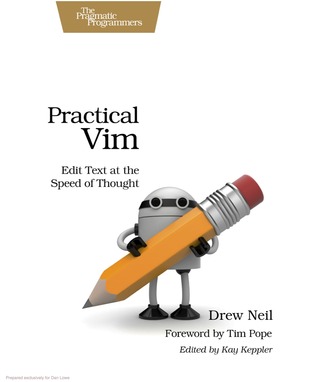
I read “The Daily Stoic” every year, but I have a love-hate relationship with it. Tim Ferris once described Stoicism as a “personal operating system”, but to me, it is more like a toolbox of techniques for attaining your good life, and this is a good reminder of the tools available.
“The Daily Stoic” has 366 sections, each starting with a quote from a Stoic philosopher and then some commentary putting the sage’s advice into a more modern, often American, context. This works well and provides a structured overview of Stoic thinking. The quotes are mainly from the best-known late-Stoic figureheads - Marcus Aurelius, Seneca, and Epictetus.
While most of the quotes come from works intended for publication, Marcus Aurelius’s contributions are from his journal, which was not intended for publication - he often entertains contradictory views or approaches at different times. So cherry-picking quotes for a book like this can be problematic.
The modern context provided is heavily skewed to recent American examples and often has an unspoken assumption that the reader is well-off, which can be rather grating.
If you have a basic understanding of Stoic philosophy, this book is a great daily reminder of tools and exercises that can help your everyday life. However, if you are new to Stoicism, then there are better books for learning about the basics and gaining an overview of how the philosophy can help you - for example, “A Guide to the Good Life” by William B. Irvine.


